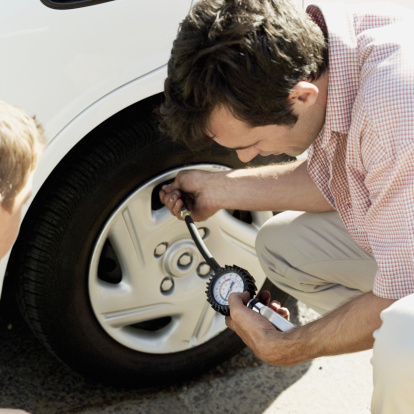Your browser's Javascript functionality is turned off. Please turn it on so that you can experience the full capabilities of this site.
One of the greatest risks to your everyday driving safety is the one thing you can’t actually see: your tire pressure. Since inflation levels are invisible to the naked eye (unless your tire is almost flat), it’s important to understand how to find and maintain proper air pressure, and to be aware of the dangers of driving on over and under-inflated tires.
There is a tire pressure marking on the sidewall of your tires, but this isn’t the optimum air pressure for your tires, it’s the maximum.
The words ‘Max. Press. 35 PSI,’ for example, indicates the maximum pounds per square inch pressure needed for your tire to support the weight of its maximum load-carrying capacity. For everyday use, most passenger cars will have a recommended or optimum pressure of 30 or 32 PSI.
The handling characteristics change at max pressure
Since tires inflated to the max can’t give as much on the sidewall, you might see strong cornering performance, but it could be at the risk of your braking threshold. One quick corner and your back end could slide out.
Your tire life decreases at max pressure
When your tires are overinflated, the rubber rounds out at the top of the tire when you’re driving, and the centre will quickly wear out. You’ll also reduce your traction and you could even cause a blowout.
You’ll find the manufacturer’s optimum or recommended tire pressure for your car on a sticker in the door jamb, or in your owner’s manual. Some models even place the stickers on the trunk lid, in the console or on the fuel door.
When you drive with over-inflated tires, you risk:
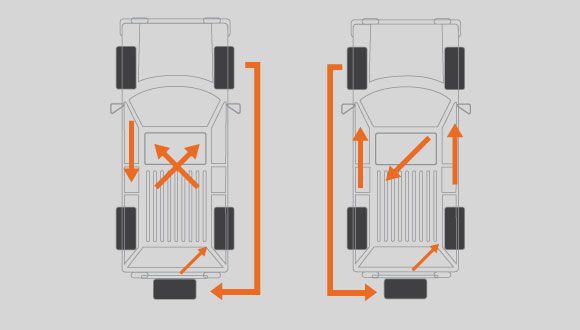 Your tires can’t give as much on the sidewall, and precise braking could be compromised. You’d also be risking reduced traction.
Your tires can’t give as much on the sidewall, and precise braking could be compromised. You’d also be risking reduced traction.When you drive with under-inflated tires, you risk:

If you’ve been driving with your tires over-inflated or under-inflated, immediately deflate them to the manufacturer’s recommended pressure for your driving safety. If you’re not confident about how to check your tire pressure, follow our handy 5-step Guide to Checking Tire Pressure.
When your tires are consistently inflated to the recommended air pressure, you enjoy greater tire life, performance and safety.
Winter
When the temperature drops, air contracts and as the molecules get closer together, the reduction in volume causes tires to lose their pressure. Before you know it, your tires are underinflated. Be sure to check your tire pressure regularly during the winter months.
Before you know it, your tires are underinflated. Be sure to check your tire pressure regularly during the winter months.
Summer
Just as cold outside air causes the air inside your tires to contract in winter, warm outside air causes the air inside your tires to expand in summer. The rule of thumb (best understood as our American counterparts put it) is that tire pressure will go up approximately one pound per square inch (PSI) for every 10 Fahrenheit increase in temperature. So, let’s say your manufacturer’s recommend inflation level is 35 PSI, on one of those all-time hot August afternoons, your tire pressure could be somewhere near 40 PSI.
It's also important in summer to keep in mind that driving equals friction between the road and your tires, which equals heat, which equals…you guessed it…an increase in tire pressure. For this reason, regardless of the weather, your air pressure can increase about 5 PSI in the first half-hour of driving before stabilizing. In the sweltering heat of summer asphalt at high speeds for long stretches, that number can rise, and not for the better.
In the sweltering heat of summer asphalt at high speeds for long stretches, that number can rise, and not for the better.
Would you feel better about having expert eyes on your tires’ air pressure?
We can check your tire pressure for you and fill your tires with FREE air!
Find a Store
Was this article helpful?
Click on thumbs up or down to vote.
For many drivers, summer’s warm temperatures are an open invitation to venture down dusty roads, up winding trails, and across the great American highway system. Rising temperatures mean fun road trips with friends and family, but they also mean changes in your vehicle's tire pressure. Watch out for the dangers of over- or underinflated tires and gear up for a safer road trip season with Firestone Complete Auto Care by your side. With your new tire know-how, you may even be able to increase your car's fuel efficiency!

In general, tires lose or gain 1 PSI (pound per square inch) for every 10℉ change in temperature. Theoretically, your tires could gain 2 PSI over the course of the day if the temperature rises 20℉—a real possibility in many parts of the country.
Just look at average temperatures in Texas! In May, the average high sits around 80℉, with an average low in the 60s, reports Weather.com. Things cool off as you move a little north and west, with average highs in the 70s and lows in the 50s from North Carolina to Kansas.
From the hills of Virginia to the plains of Oklahoma, your vehicle is likely to encounter natural forces that will cause your tire pressure to go up and down throughout the day. So, why does it matter?
Proper tire inflation can lead to improved fuel economy, increased handling and safety, more responsive braking, and a smoother ride—all things that make for a great summer road trip. While tires are designed to handle some fluctuation in temperature and PSI, they perform best when they start at the vehicle's recommended tire pressure. Just like eating a healthy, well-balanced breakfast sets your body up for success, inflating your tires to the recommended pressure sets your vehicle up for success!
While tires are designed to handle some fluctuation in temperature and PSI, they perform best when they start at the vehicle's recommended tire pressure. Just like eating a healthy, well-balanced breakfast sets your body up for success, inflating your tires to the recommended pressure sets your vehicle up for success!
When a tire is underinflated, more of its surface area comes in contact with the road. This can cause your car to feel sluggish and slow to respond, and may decrease your fuel economy.
“Under-inflated tires can lower gas mileage by about 0.2% for every 1 PSI drop in the average pressure of all tires,” reports the U.S. Department of Energy.
Underinflated tires can prove costly from a fuel perspective, but also when it comes to buying tires. Underinflation can decrease the lifespan of your tires and make them more vulnerable to damage—all leading to you having to buy more tires, more often.
When a tire is overinflated, less of the tire's surface area comes into contact with the road.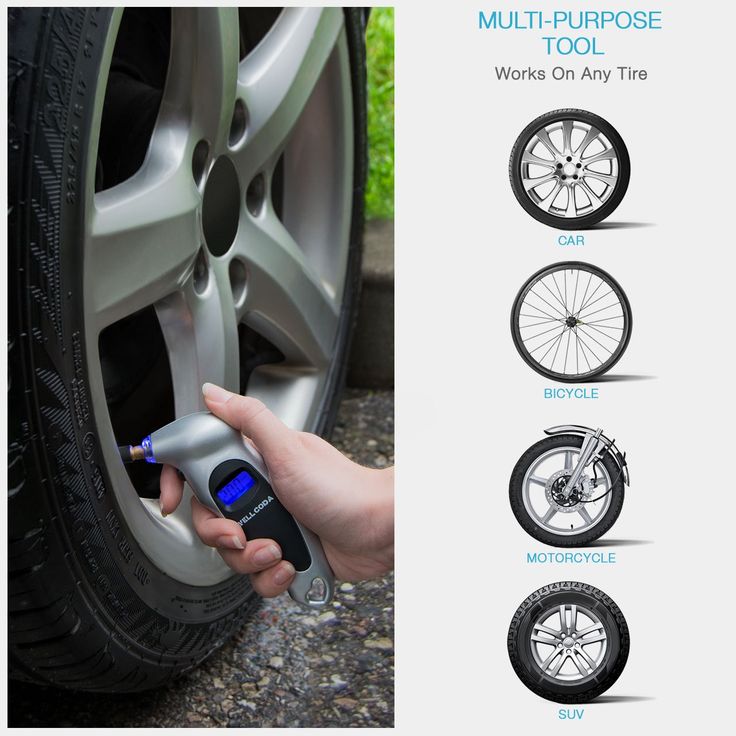 The tire will wear prematurely, possibly unevenly, and cause the car to handle and brake poorly, write the car gurus at CarTalk. The tire can also become rigid and inflexible, making it more prone to damage from potholes and other road debris.
The tire will wear prematurely, possibly unevenly, and cause the car to handle and brake poorly, write the car gurus at CarTalk. The tire can also become rigid and inflexible, making it more prone to damage from potholes and other road debris.
Pro-Tip: Don't count on your electronic tire pressure monitoring system (TPMS) to light up if you have an overinflated tire. The warning light will only come on if a tire's pressure is too low, not too high.
When it comes to your vehicle's recommended tire pressure, there's no reason to guesstimate. Use our handy online tire pressure tool to find it in just a few clicks!
With this number in mind, grab your tire pressure gauge, get down to business, and check your tires. If your recommended pressure is 35 PSI, that means 35 PSI before you start driving, notes CarTalk.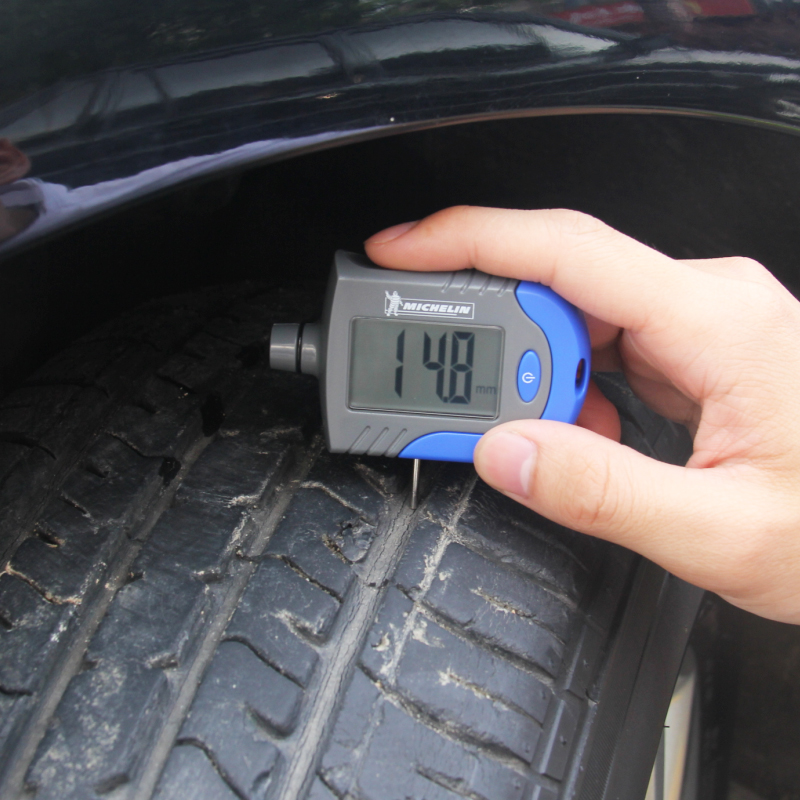 To get the most accurate reading, check your tire pressure in the morning before hitting the road for the day, and adjust your tires based on that reading. Note that in the summertime, your reading may be impacted if the vehicle has been sitting in direct sunlight for a while or parked on hot pavement.
To get the most accurate reading, check your tire pressure in the morning before hitting the road for the day, and adjust your tires based on that reading. Note that in the summertime, your reading may be impacted if the vehicle has been sitting in direct sunlight for a while or parked on hot pavement.
When life gets busy, head to your nearest Firestone Complete Auto for a fast, free vehicle inspection and tire pressure check. Our knowledgeable technicians will check the health of your current tires, inflate them to the recommended PSI, and guide you in buying new tires if yours show an unsafe degree of wear. Schedule an appointment online or stop by today. Our experienced tire technicians are here to set you up for a safe summer driving season!
Author: Glukhov Petr, editor Published: 24.05.2021 Updated: 05/30/2021
Higher fuel consumption than usual, unusually sluggish handling, underbody grinding where it has always been without problems - all this may be due to incorrect tire pressure. And the pressure above or below normal reduces the life of the tire and increases the risk of damaging it. Avoiding these problems means keeping in mind what tire pressure should be, checking it regularly and adjusting if necessary.
And the pressure above or below normal reduces the life of the tire and increases the risk of damaging it. Avoiding these problems means keeping in mind what tire pressure should be, checking it regularly and adjusting if necessary.
There is no general rule. Tire pressure is tied to the make, model and modification of the car. The pressure may also depend on the axis of operation. This is due to the weight distribution of the car, chassis settings and expected driving performance.
How many atmospheres to pump into tires depends on which car they were installed on. For example, the normal pressure in tires 225/50 R17 94V for Skoda Yeti 2019 is 2.2 bar for both axles, and in tires of the same size and with the same indices for Opel Zafira 2019- 2.6 / 2.4 bar for the front and rear axles, respectively. Moreover, for both cars it is allowed to operate tires of different sizes with different recommended pressures.
The recommended tire sizes and pressure rating for them are usually indicated on a sticker on the driver's door. This sticker is also found on the gas tank cap.
The recommended pressure is indicated based on the driving mode and typical vehicle load. If the driver wants to save fuel or is carrying a lot of luggage, the pressure is increased.
The recommended pressure is given for each allowable tire size. At the same time, pressure values \u200b\u200bfor driving in summer and winter are sometimes given for the same size.
If there is no sticker or it has become illegible due to time, information can be gleaned from the data sheet or reference books. On cars of recent years, there are QR codes with a link to a web page with a table of recommended sizes and pressures.
You can not rely on the pressure value that is indicated on the sidewall of the tire. This is not a recommended value, but a cold pressure limit for special situations, such as when the tire is carrying the maximum load.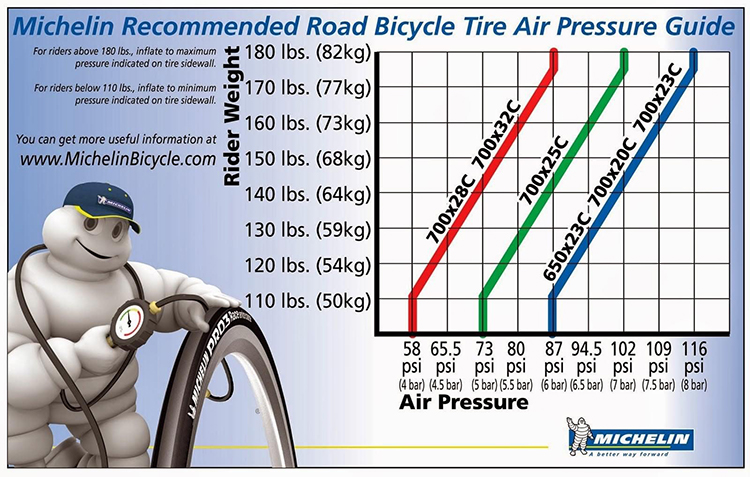 It is not safe to exceed it.
It is not safe to exceed it.
The maximum allowable pressure is given in "American" and "European" units. Similarly with the maximum load capacity, which is indicated in pounds and kilograms.
The easiest way to find out the tire pressure for a specific car model by year of manufacture is to use the selection form.
Excess pressure in the tire leads to overstressing of the cords, it bends outward. The contact patch of an overinflated tire loses area on the sides, making it harder to accelerate and brake.
The main problems of an overinflated tire:
The load accumulates in the central area of the tread, which is why it is subject to accelerated abrasion.
Increases the chance of puncturing the tread. The reason may be hitting a stone or other foreign object, even a small one.
Decreases comfort. Drivers and passengers feel the unevenness of the asphalt more acutely. In addition, the load on the suspension of the car increases.
In addition, the load on the suspension of the car increases.
Tests conducted by Pirelli have shown that the braking distance from 100 km/h to zero increases by 6% for tires with the wrong pressure. [1]
Pressure below normal deforms the tire, it bends inward. Due to insufficient cord tension, an under-inflated tire loses its reaction speed, maneuverability and cornering stability.
The main problems of a flat tire:
The load is shifted to the side zones of the tread. They overheat and wear out quickly.
The risk of damage to tire sidewalls and rims increases, especially if the vehicle hits potholes or rides artificial bumps.
Fuel consumption is rising. The more the car passes on flat tires, the more the driver overpays at the gas station.
According to Continental's calculations, if the tire pressure is 0.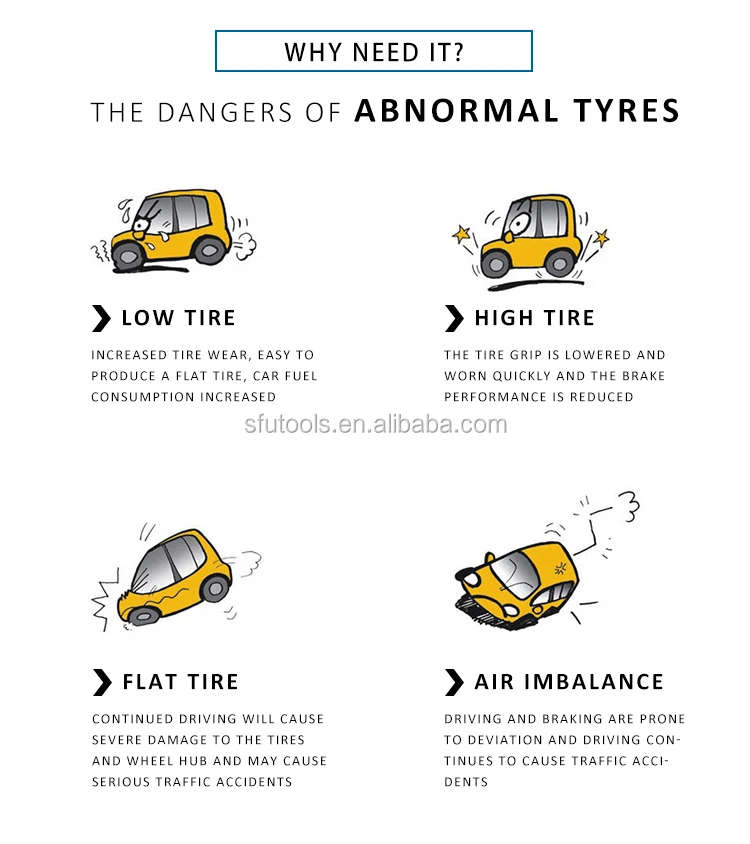 3 bar less than recommended, the car consumes about 1.5% more fuel. The difference is small, so the on-board computer will react to it late, and when it does, the driver will already lose money. [2]
3 bar less than recommended, the car consumes about 1.5% more fuel. The difference is small, so the on-board computer will react to it late, and when it does, the driver will already lose money. [2]
Tire pressure should be the same in summer and winter. However, heating expands gases, while cooling compresses them. Therefore, tire pressure fluctuates at different times of the year. If you pump up 2.5 bar in a hot summer, they will turn into 2.2 bar when it gets colder. And vice versa, if you pump up 2.5 bar in a cold winter, by the summer they will swell to 2.7 bar.
If the temperature drops or rises by 6°C, the pressure decreases or increases by about 0.05 to 0.1 bar, says Goodyear. [3]
How to check tire pressure in winter:
The first control measurement of pressure is carried out during the seasonal change of summer tires to winter ones.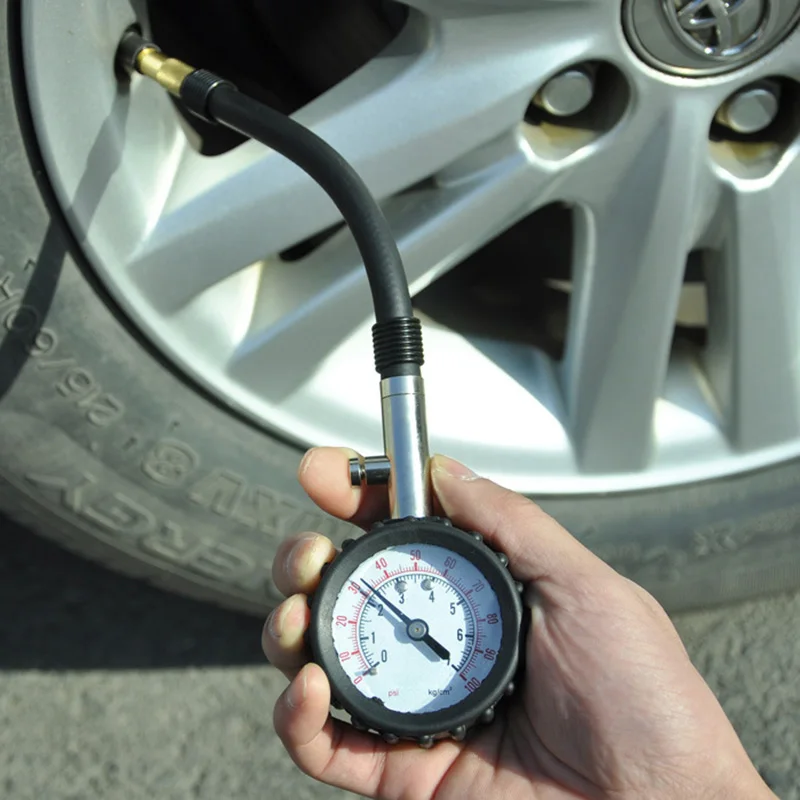 As a rule, this is the end of October - the middle of November.
As a rule, this is the end of October - the middle of November.
The second measurement falls on frost, when the average daily air temperature drops to 0 °C or lower.
Additional measurements are relevant if the temperature falls below -10 °C.
It is important to check the pressure and, if necessary, top up the tires in the natural environment, that is, after a long period of parking in the open air. Measurements in a garage or closed parking lot will be incorrect.
How to check tire pressure in summer:
The first control over the pressure requires changing the winter set of tires to summer. Usually this is mid-April - mid-May.
The next measurement is taken as the average daily temperature exceeds 25 °C.
Weather forecasts will tell you whether the heat wave will linger, and therefore whether it is worth deflating tires because of it.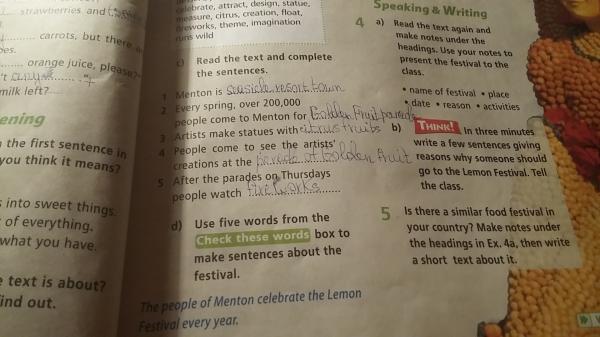
Someone measures tire pressure every six months, when he calls in for a tire shop to change the summer kit to the winter one or vice versa. Some measure the pressure when they stop at a gas station. Both of them do not act quite correctly: the first ones are mistaken in the term, and the second ones in the place.
Michelin has found that tire pressure drops by 0.1 bar every two months. There is no change in temperature here. It's a matter of natural air flow to the outside. [4]
Therefore, a couple of months is the maximum time for which the pressure is left uncontrolled. In this case, it is usually recommended to measure the pressure in the tires every month. Unscheduled inspections are carried out if:
preparing for a long journey;
the behavior of the car has changed;
it happened to be hit by wheels with self-supporting (Run-On-Flat) tires.
Like many other premium manufacturers, Dunlop produces self-supporting tires. Thanks to reinforced sidewalls, they can withstand the weight of the car and do not break off the rims even without air. The driver may not notice a puncture for a long time, despite the fact that Run-On-Flat technology allows driving on flat tires no more than 80 km at a speed of no more than 80 km / h. [5]
Thanks to reinforced sidewalls, they can withstand the weight of the car and do not break off the rims even without air. The driver may not notice a puncture for a long time, despite the fact that Run-On-Flat technology allows driving on flat tires no more than 80 km at a speed of no more than 80 km / h. [5]
As for the place where to measure the pressure, the priority is for car services with a good reputation. At gas stations and in garages, pressure gauges are not always checked, because of which the accuracy of the readings suffers. At tire shops or service stations with a large flow, equipment verification is treated more responsibly.
The pressure gauge is the most common tool for measuring tire pressure. Pressure gauges are pointer, mechanical and electronic. Pointer and mechanical pressure gauges are convenient to store, they are inexpensive. But their accuracy is inferior to the accuracy of electronic pressure gauges.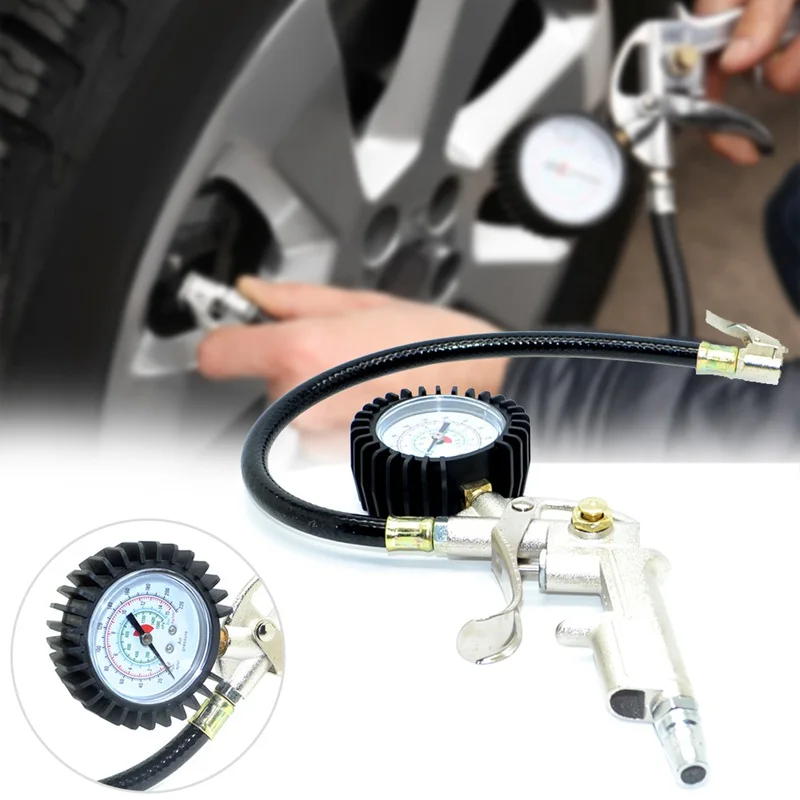
The mechanical pressure gauge works without power supply, so at the wrong time you don’t have to look for a replacement for dead batteries. As a rule, two scales are applied to them - in bar and psi.
Electronic pressure gauges have a backlight, which makes it easier if you inflate tires in the dark. Moreover, with an electronic pressure gauge, you don’t need to guess which line on the scale is closer to the arrow.
The on-board computers of some expensive cars collect information about tire pressure from sensors (tire pressure monitoring system, TPMS) installed in the wheel rims. These TPMS sensors work constantly, so the driver always sees up-to-date information. If the sensors are not in the factory, the car owner can buy them. Tire fitters will help with the installation.
One TPMS sensor will cost between $25 and $35. Most manufacturers guarantee that the battery in the sensor will last for 5 years. The cost of installation is often included in the price of the sensor.
TPMS sensors are required if self-supporting tires (RunFlat) are installed. Without sensors, the driver may not realize that the tire is punctured and has lost pressure.
To check the accuracy of a pressure gauge or sensor, they are guided by the readings of professional equipment used by tire fitters. I replaced a set of tires - immediately compare: how much they pumped up in a car service, the same amount should be on the pressure gauge or on the on-board computer display. It may turn out that the key fob pressure gauge with an arrow is more accurate than the pressure gauge block with an electronic display, and the wheel sensor transmits incorrect data.
The pressure in car tires is measured either in bars (designation - "bar"), or in pounds-force per square inch (designation - "psi"). As a rule, both values \u200b\u200bare indicated on the driver's door pillar and in the vehicle's data sheet.
The maximum allowable pressure on the sidewall of a tire is given in technical atmospheres (designation - "at") and in pounds-force per square inch (designation - "psi").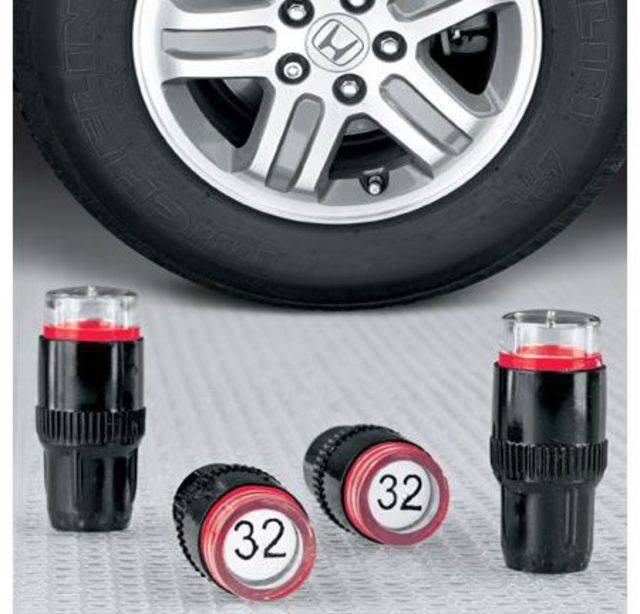
The most common bar and psi values are shown in the correspondence table:
2.0 bar 2.1 bar 2.2 bar 2.3 bar 2.4 bar 2.5 bar
29 psi 30psi 32psi 33psi 35psi 36 psi
2.6 bar 2.7 bar 2.8 bar 2.9 bar 3.0 bar 3.1 bar
38 psi 39psi 41psi 42psi 44psi 45 psi
To convert bars in pounds-force per square inch or pounds-force per square inch to bars, a converter calculator will help.
Pressure Converter Calculator:
bar
=
psi
1 bar equals 14.5038 psi
Read more about pressure units on Wikipedia.
To find out the recommended tire pressure for the front and rear axles, select the make, model, year of manufacture and modification of the vehicle. The data will be displayed if it is in the directory. The directory includes data from official sources - vehicle operation manuals and presentation materials from automakers.
Year of manufacture
Select
Model
Select
Modification
Select
Size
Select
Results:
Front axle (bar/psi)
Rear axle (bar/psi)
Quick answers to popular tire pressure questions:
Question - How much tire pressure should be on 16?
Answer - Tire pressure does not depend on the diameter or size of the tire, but on the model and modification of the car.
Question - How many atmospheres to pump into the wheels?
Answer - Tire pressure ranges from 2.2 to 2.8 bar. The rate depends on the model of the car, the axis of application and the time of the year.
Question - What is the optimal tire pressure?
Answer - The optimal tire pressure is indicated in the vehicle's registration certificate or on a sticker located on the driver's door.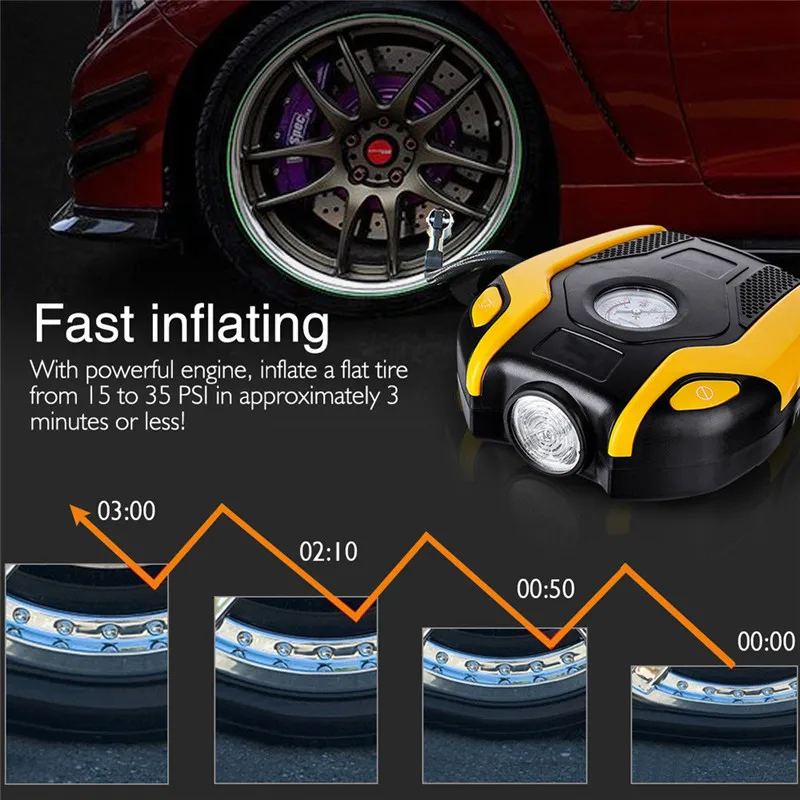
Question - How do I convert psi to bars or atmospheres?
Answer - To convert pressure in psi to other pressures, use converter calculator.
Sources:
1. English. Tires knowledge - official Pirelli website.
2. English Tire pressure is the official website of Continental.
3. English. How cold weather effects tire pressure - Goodyear official website.
4. Engl. Tire pressure is the official website of Michelin.
5. Engl. Dunlop self supporting technology is the official Dunlop website.
Related video:
1. Car and tire manufacturer recommendations for tire pressure
2.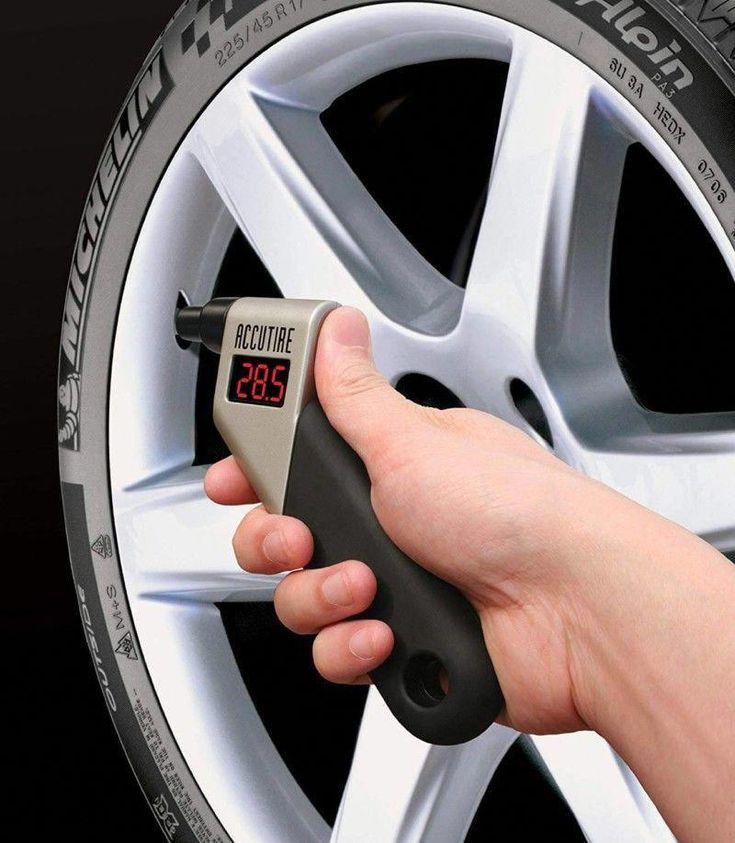 Pressure unit correspondence table
Pressure unit correspondence table
3. Why are deviations in tire pressure dangerous?
- Risks of insufficient tire pressure
- Risks of high tire pressure
4. How does tire pressure affect driving comfort and safety?
- Increased strength due to pressure
- Tire pressure for driving on the highway
- Off-road pressure
- Pressure and fuel economy
5. How does tire pressure depend on the season?
- Winter tire pressure
- Tire pressure in summer
6. How to check tire pressure?
7. How often should blood pressure be measured?
Headed out on the road? Check tire pressure.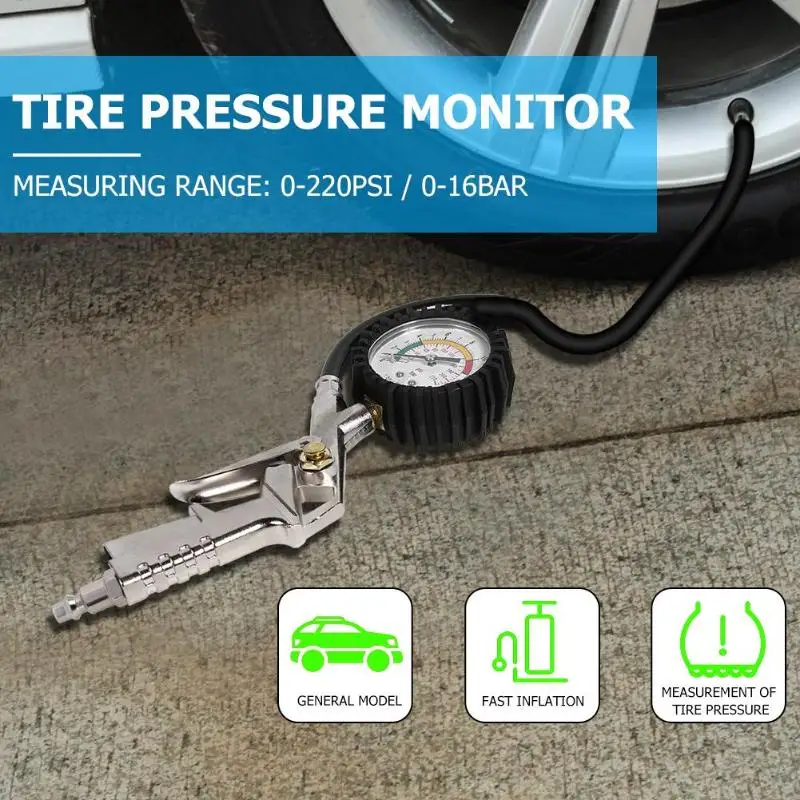 Permanent advice, which, alas, is often forgotten. In the meantime, properly inflated tires make driving comfortable, driving safer, and tire life longer. What should be the pressure? What are the dangers of over-inflated or under-inflated tires? We have collected answers to all questions, as well as useful tips, in one article. Everything written below will help you not only make your trip safe, but also save your budget. How? Read and level up.
Permanent advice, which, alas, is often forgotten. In the meantime, properly inflated tires make driving comfortable, driving safer, and tire life longer. What should be the pressure? What are the dangers of over-inflated or under-inflated tires? We have collected answers to all questions, as well as useful tips, in one article. Everything written below will help you not only make your trip safe, but also save your budget. How? Read and level up.
What should be the pressure?
Vehicle and tire manufacturers recommendations
So, let's start with the banal. Each car manufacturer has standards and recommendations for the level of inflation pressure in tires. It's always best to stick with them. You can find the numbers you need:
* In the vehicle owner's manual
* On a special sticker inside the car (usually on the car door, B-pillar or gas cap)
* In the form of a QR code (relevant for the latest models, especially premium ones; the sticker with the code is located in the same places)
These cheat sheets contain all the information you need. The manufacturer stipulates not only the optimal level of internal tire pressure, but also the limits to which it can be increased or decreased relative to the norm. The amount of pressure depends on the size of the tires, on some cars the recommended pressure for the rear and front wheels differs. To summarize, for most passenger cars, the recommended constant tire pressure ranges from 2-2.5 atmospheres. This is the norm not only for a comfortable and safe ride, but also for fuel economy.
The manufacturer stipulates not only the optimal level of internal tire pressure, but also the limits to which it can be increased or decreased relative to the norm. The amount of pressure depends on the size of the tires, on some cars the recommended pressure for the rear and front wheels differs. To summarize, for most passenger cars, the recommended constant tire pressure ranges from 2-2.5 atmospheres. This is the norm not only for a comfortable and safe ride, but also for fuel economy.
Tire manufacturers also indicate pressure on the label. But there is an important point here! The number on the sidewall of the tire is not the norm to strive for, but an indicator of the maximum pressure that the tire can withstand and not burst.
Pressure Measurement Correspondence Table
Tire pressure is measured in two units: atmospheres (or bars) and psi. Bars are the most common, it is in them that the pressure is measured in gauges in tire shops and gas stations. However, in some countries it is psi that is used - pounds per square inch. To avoid confusion, it is worth remembering that one psi corresponds to 0.068 bars.
However, in some countries it is psi that is used - pounds per square inch. To avoid confusion, it is worth remembering that one psi corresponds to 0.068 bars.
Why are deviations in tire pressure dangerous?
Tire pressure affects how long tires last and how quickly they wear out. And not only. If the tires are over-inflated or, conversely, under-inflated, then their critical properties such as traction, vehicle directional stability when driving, handling (especially when cornering and on uneven surfaces), braking distance and resistance to aquaplaning will change.
Why is this happening? To answer this question, elementary knowledge of physics is enough. With the right gas pressure from the inside to the tire, the tire retains exactly the shape that was intended by the manufacturer. The contact patch of the tire with the road is also optimal, because the tread at optimal pressure also retains its shape and the necessary degree of flatness so that its pattern moves along the surface as it should (see figure).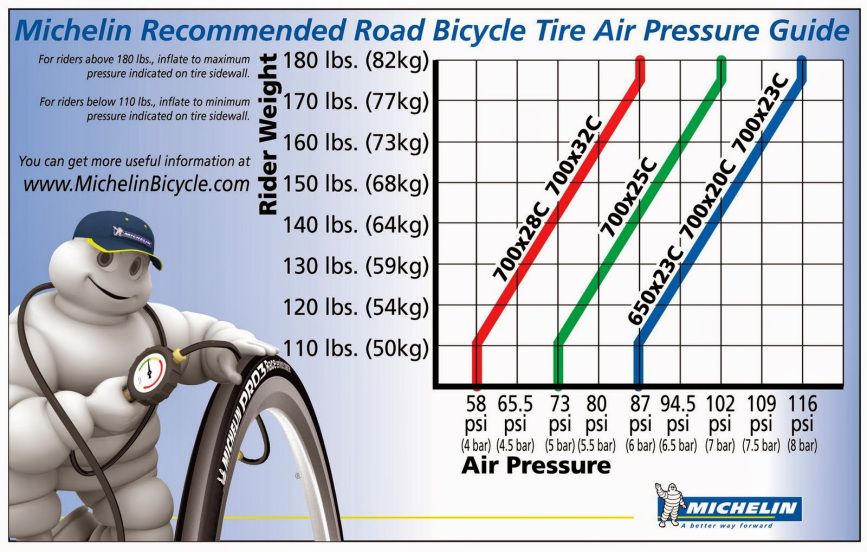
The most dangerous situation is when there are different pressures in different wheels of a car. Yes, some manufacturers allow different pressures in the front and rear wheels, but in pairs, the tires on the wheels of the same car axle must still match. If the pressure is not the same everywhere, then the car, when driving, will roll towards the “sagging” wheel - that is, the one where the pressure indicator is the lowest. Such a situation is a reason for technical inspection. If one of the tires loses pressure, it may be damaged. A change in pressure can also be the result of an incorrect wheel rim position or a defective spool causing air to leak.
- Risks of insufficient tire pressure
Tires with low internal pressure or, in simple terms, under-inflated tires lose their shape when driving. They become softer, more pliable, and the weight of the car, especially at speed and when cornering, makes them literally sag and sag. What does it threaten?
Uneven wear.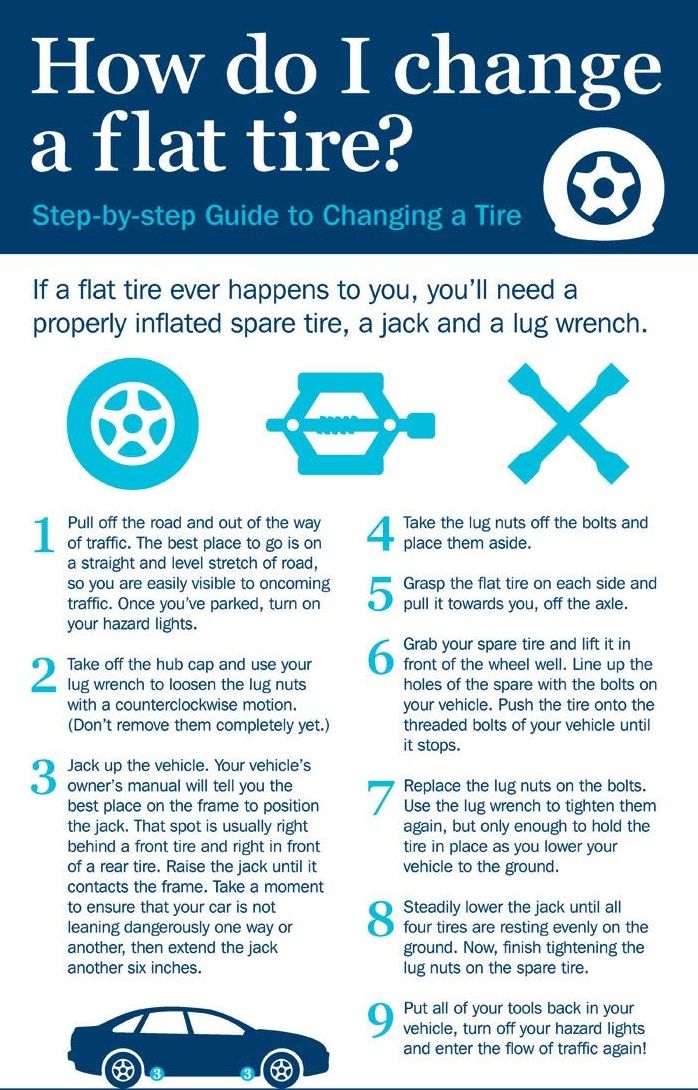 The side treads wear out faster than the middle tread because the tire has more contact with the road due to tire deformation.
The side treads wear out faster than the middle tread because the tire has more contact with the road due to tire deformation.
Rolling resistance increases, which causes the tire to heat up more.
Acceleration time is increased.
Increased fuel consumption.
Threatening the integrity of the tire carcass and its rubber, especially in the side parts, which can lead to sidewall rupture. This can be warned by a worn strip that appears around the entire circumference of the tire - this is evidence of chafing of the cord threads.
Risk of tire dismantling. An under-inflated tire may come off the disc seat.
Tires deformed by long-term use at low inflation pressure become unsuitable for further use. Even if the pressure in them is brought to normal, the risk of rupture in the weakened parts remains. If you want to avoid unnecessary expenses - do not strain the tires.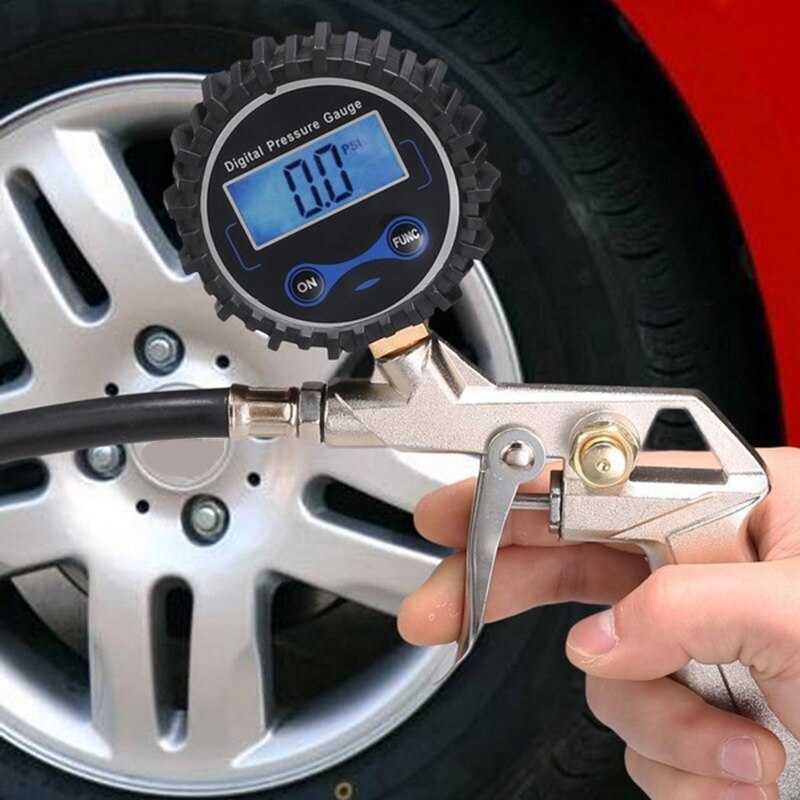
- Risks of high tire pressure
With increased tire pressure, the part of the tread that should be flat and provide reliable traction becomes convex, literally swells up like a ball. As a result, the contact patch of the tire with the road is much smaller than planned by the manufacturer. Why is it dangerous?
The tread wears unevenly, faster in the middle than on the sides.
Decreased grip and handling.
Due to the reduction in the area of contact between the tire and the road, the braking distance increases.
If the tire pressure is too high, the tire runs the risk of exploding.
Long driving on tires with high pressure overstresses the cords, such a tire will last much less.
The deformed contact patch of the tire with the road interferes with the effective removal of water, as a result, hydroplaning can occur on a wet surface.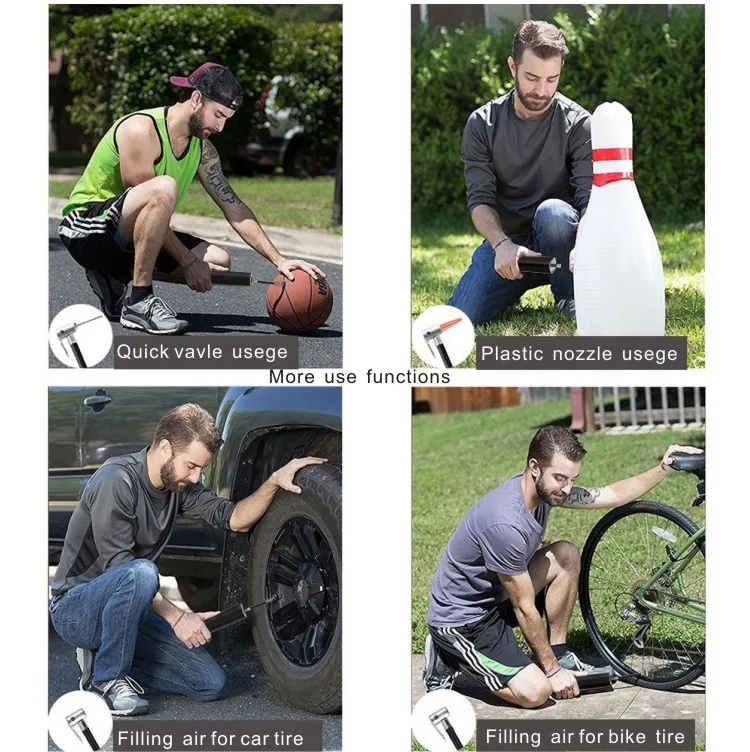
How does tire pressure affect driving safety and comfort?
Sometimes the pressure in the tires still needs to be lowered or increased. It depends on certain driving conditions or the quality of the surface. For a short period of time, this will improve the driving characteristics of the car and driving safety. Of course, everything is within the manufacturer's recommendations, however, even small changes can greatly affect driving comfort.
- Increasing tire strength due to pressure
A slight increase in pressure can slightly raise the "tensile strength" of tires under excessive loads. Yes, overloading the car is bad, but sometimes you have to, especially when the summer season is on the nose. This is especially true for a car with an attached trailer, which increases the load on the rear wheels. Tires at least on the rear axle in this case, it is better to additionally pump up 0.2-0.3 bar. From the additional load, they still “sag” a little.
- Tire pressure for highway driving
Long and high-speed races on highways for tires are a strong test. Therefore, even the manufacturers of many cars advise in the operating instructions: before a long trip on a flat road (more than an hour at a speed of 115 km / h), it is better to slightly increase the tire pressure. The increase should be small - 0.2 atmospheres (bar). This recommendation also takes into account the fact that the pressure in the tire itself will increase from the heating of the tire.
- Off-road pressure
Tire pressure adjustment can help you get through difficult terrain. Driving on sand, snow, mud and wet grass will be easier if you lower the tire pressure a little. This maneuver will increase the contact patch of the tire with the surface, increase grip, and the car will be less likely to get stuck and skid. The main thing is to keep a low speed, and when the difficult section is left behind, restore the correct tire pressure again.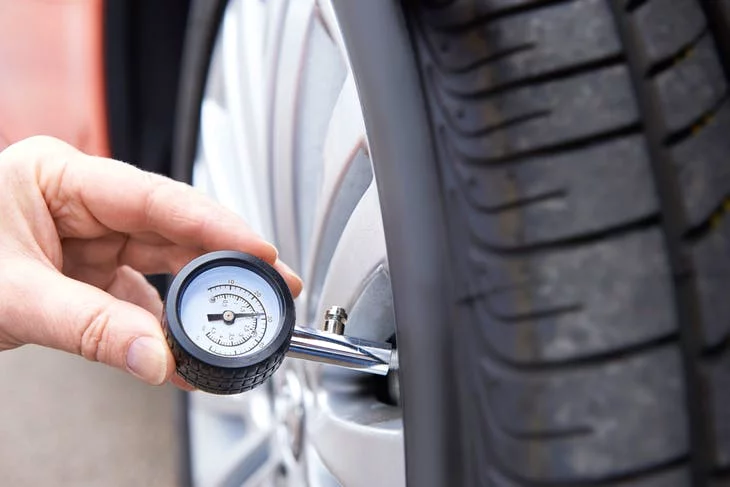
- Pressure and fuel economy
There is a myth that when the tire pressure is higher than normal, fuel consumption decreases. It really goes down, but it's not worth it. The savings will be only less than 5%, but driving comfort will drop significantly. The fact is that the tire becomes stiffer under excessive pressure, so that you and your passengers will feel all the bumps and bumps in the road. The point in saving on fuel is also lost because with constant driving on overinflated tires, the tires themselves wear out faster and more likely to require replacement costs.
How does tire pressure depend on temperature?
In winter and summer, the pressure in car tires may differ. This directly depends on the physical properties of the gas with which the tires are inflated. We all remember from school that at high temperatures, gas tends to expand, and at low temperatures, on the contrary, it contracts. Therefore, even if the tires were inflated recently, with temperature changes, this very pressure will change, and noticeably. On average, for every 10ºC, the air pressure in the tires changes by 0.1 bar.
On average, for every 10ºC, the air pressure in the tires changes by 0.1 bar.
- Tire pressure in winter
It is especially difficult to maintain constant tire pressure during cold snaps. Therefore, in the fall, changing summer tires to winter tires, checks must be approached carefully. It should be checked during the first frost and after the temperature drops well below zero. Most likely, the tires will need additional pumping. Keep in mind: in a warm garage or in a closed parking lot, it is difficult to catch the pressure drop in the tires. It will happen when you go out into the cold. Therefore, it is better to check and inflate tires after parking in the open air.
- Tire pressure in summer
Summer tire inflation is recommended to be carried out in a warm spring with a margin for the summer and at the end of summer before changing seasonal tires. However, this does not exempt from checks. The fact is that the warmer it is, the more the air in the tires expands - and the sooner it “comes out” through the chambers.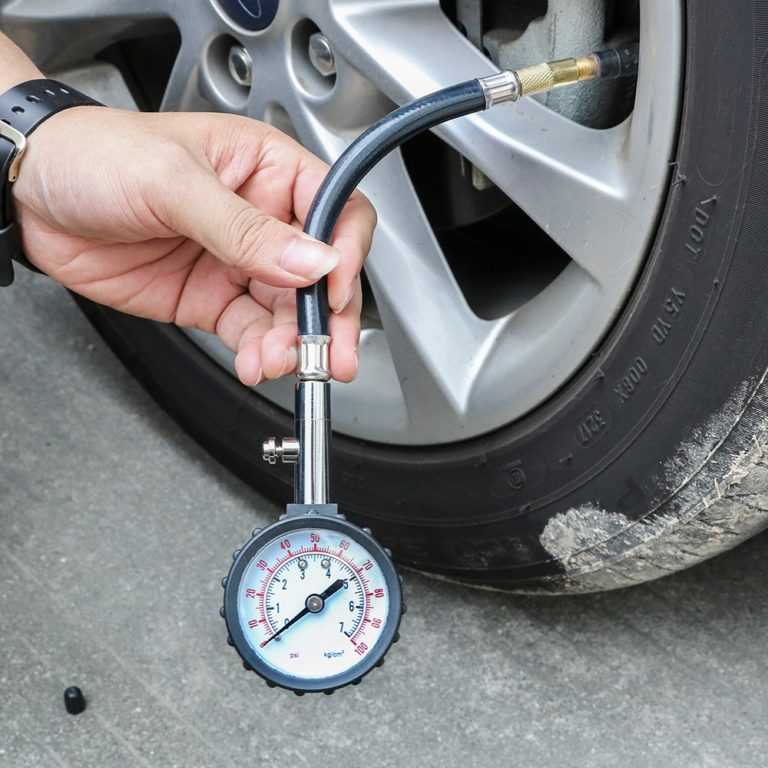 In addition, pressure can drop with even microscopic tire damage, and in summer this happens even faster.
In addition, pressure can drop with even microscopic tire damage, and in summer this happens even faster.
How to check tire pressure?
1. The pressure gauge is your best and indispensable friend in this matter. It can be either portable, up to the size of a key fob, or stationary, installed at a gas station, in a tire fitting room or other specialized car service facilities.
You can buy your own car pressure gauge at any auto parts and accessories store. They are pointer, mechanical or electronic. Not only its price, but also its accuracy depends on the class of the pressure gauge. The pressure gauge is mandatory installed on the compressor for pumping wheels - it is he who allows you to adjust the pumping process and the required amount of air supplied to the tire. But it can also be used separately to determine the existing pressure.
It is easy to check the accuracy of the manometer. Use it immediately after the tire fitting, where you will adjust the inflation pressure in the tire to the desired value, and just check the readings.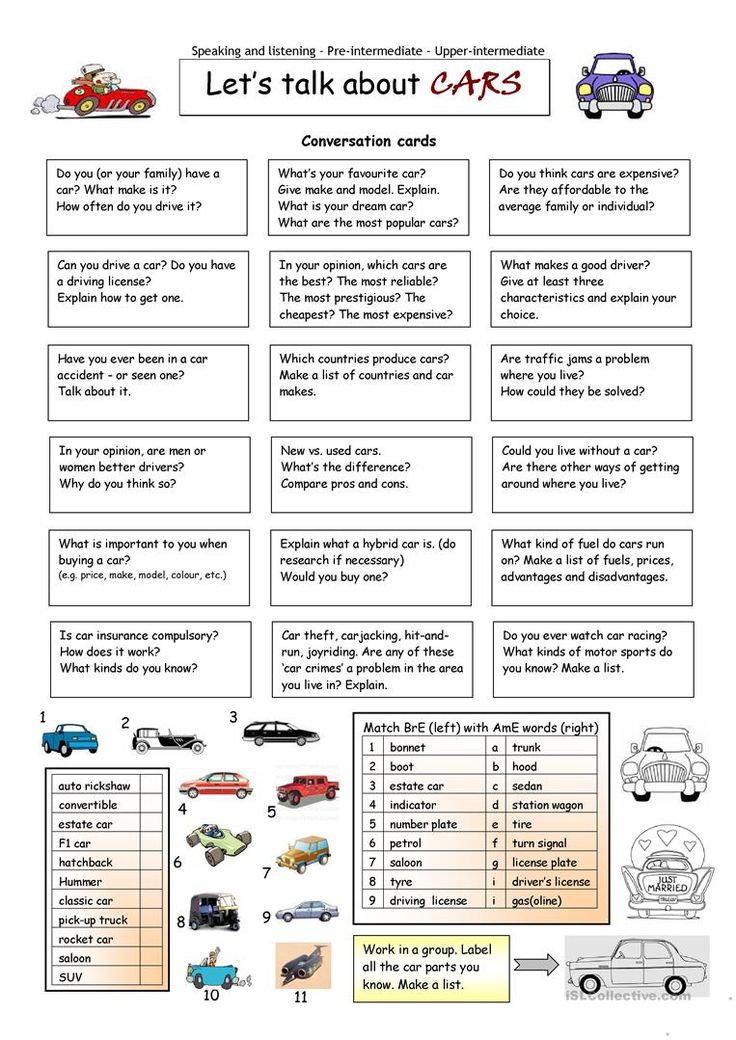
2. Automatic tire pressure monitoring systems. For example, premium cars are equipped with direct pressure sensors that are installed directly into the wheel rim. Sensors measure tire pressure and temperature, and the information is sent to the on-board computer. When pressure indicators change, a warning signal is received, or information is displayed on the computer panel in digital and alphabetic form. Similar direct control devices can be purchased and installed separately: pressure control sensors are installed in the wheels, and the receiving device is installed in the passenger compartment.
A similar system is part of the anti-lock braking system (ABS), but it works differently. The ABS system does not measure tire pressure, but wheel speed, and draws conclusions. The fact is that when the pressure decreases, the diameter of the tire changes, and the wheel starts spinning faster in order to “catch up” with the rest. The system captures these changes, checks them against valid values stored in memory, and informs you of the mismatch.
3. Indicator caps are screwed onto the tire valves. These pressure control sensors are transparent on top, and this part serves as an indicator: a change in color indicates the current state of the wheels. The obvious disadvantages of such a control system are that it is impossible to evaluate the change in tire pressure during movement with its help; a stop and a visual inspection are necessary.
How often should the tire pressure be checked?
Manufacturers recommend checking tire pressure once a month. But this is the minimum. Of course, under extreme operating conditions and sudden changes in temperature, it is not worth the risk and you need to check more often. And before a long journey or planned loads, checking the internal pressure in the tire is completely mandatory, even if it is extraordinary.
Important: pressure measurement is carried out only on cold tires - that is, those that have remained without movement for at least 5 hours.
5 most important findings
1. Tire pressure affects ride comfort, vehicle handling and your own safety.
2. Under-inflated tires wear out faster, can burst at the side and heat up much faster when driving. With prolonged use of tires with reduced pressure, tires are completely deformed so that they can no longer be restored.
3. Overinflated tires lose reliable grip, and the car loses controllability. In addition, when driving on overinflated tires, the braking distance is greatly increased, and each bump becomes more noticeable.
4. Check tire pressure at least once a month, and definitely before every long trip. A pressure gauge or automatic tire pressure monitoring systems will help with this. The pressure check is carried out on "cold" tires that have not been on the move for at least 5 hours. Temperature fluctuations, frosts, long trips in the summer and overheating of tires are an extra and important reason to double-check tire pressure.